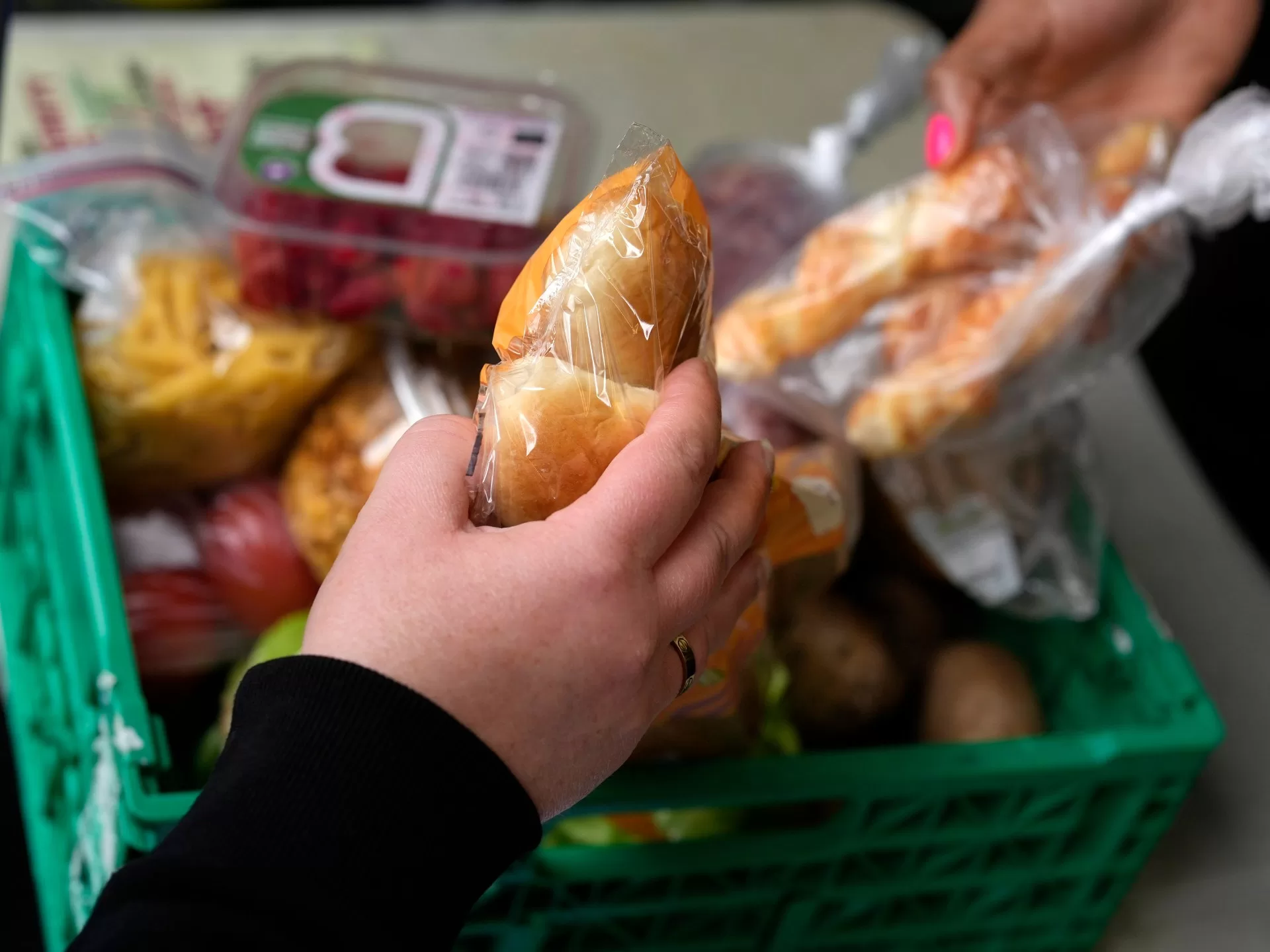Household budgets have been strained over the past few years by high inflation driven by the fallout of the COVID-19 pandemic and the war in Ukraine.
While inflation has finally returned to the central bank’s target of 2 percent after hitting double-digit highs in 2022 and 2023, people are still paying much more for essentials, including food, than they were just a few years ago.
With public discontent over living standards running high, voters on Thursday are poised to turf the ruling Conservative Party out of office and return the Labour Party to power for the first time since 2010.
How much more expensive is food?
While the Bank of England has reduced the speed at which prices are rising by sharply raising interest rates, it has not reversed the price growth that has accumulated over the past few years.
Prices are also still rising, albeit much more slowly than before.
Food prices today are about 31 percent higher than they were three years ago, according to data from the Office for National Statistics (ONS).
The prices of many staples have risen even higher still.
The average price of a pint (about 0.5 litres) of milk is up by 23 pence ($0.29), or 55 percent.
The price of a kilogram (2.2lbs) of sugar has risen by 45 pence ($0.57), or 63 percent, while a whole chicken costs an extra 1 pound and 7 pence ($1.36), or 40 percent more.
The effect of rising prices on people’s pocketbooks has been worsened by years of anaemic economic growth.
Gross domestic product (GDP) per capita grew by just 4.3 percent from 2007 to 2023, compared with 46 percent growth over the previous 16 years, according to research by the Resolution Foundation think tank.
Against this backdrop of lacklustre growth, wages have not kept pace with inflation.
Average weekly earnings in Great Britain rose from 581 pounds (about $800) to 687 pounds ($871) between May 2021 and April of this year, a rise of 18 percent, according to the ONS.
Is the UK’s experience any different from other countries?
Many countries experienced high inflation amid the twin pressures of the pandemic and the war in Ukraine, in large part due to soaring prices of oil and gas.
The UK, however, got hit harder than most other developed economies.
The UK’s price consumer index peaked at 11.1 percent in October 2022, the highest in 41 years.
For food and non-alcoholic beverages, inflation topped out even higher at 19.2 percent.
By contrast, overall inflation peaked at 9.1 percent in the United States, 8.7 percent in Germany, 8.1 percent in Canada and 6.9 percent in France.
Economists have put forward several explanations for the UK’s especially high inflation, including a greater reliance on imported food, its heavy dependence on gas and labour shortages stemming from the pandemic.
What happens next?
The good news for UK consumers is that not only has inflation stabilised, but wages have been rising faster than prices since the middle of last year.
Annual growth in regular earnings in April reached 6 percent, or 2.3 percent when adjusted for inflation.
There are also signs that prices at stores are easing even faster than the latest official inflation figures, which include services, energy and travel.
The British Retail Consortium (BRC) said on Tuesday that prices in stores and supermarkets fell by 0.2 per in June compared with the previous month.
Food inflation also slowed, from 3.2 percent to 2.5 percent, according to the trade body.
“Whoever wins Thursday’s election will benefit from the work of retailers to cut their costs and prices, easing the cost of living for millions of households,” BRC chief executive Helen Dickinson said.
“The last few years should serve as a warning that where business costs rise significantly, consumer prices are forced up too.”
